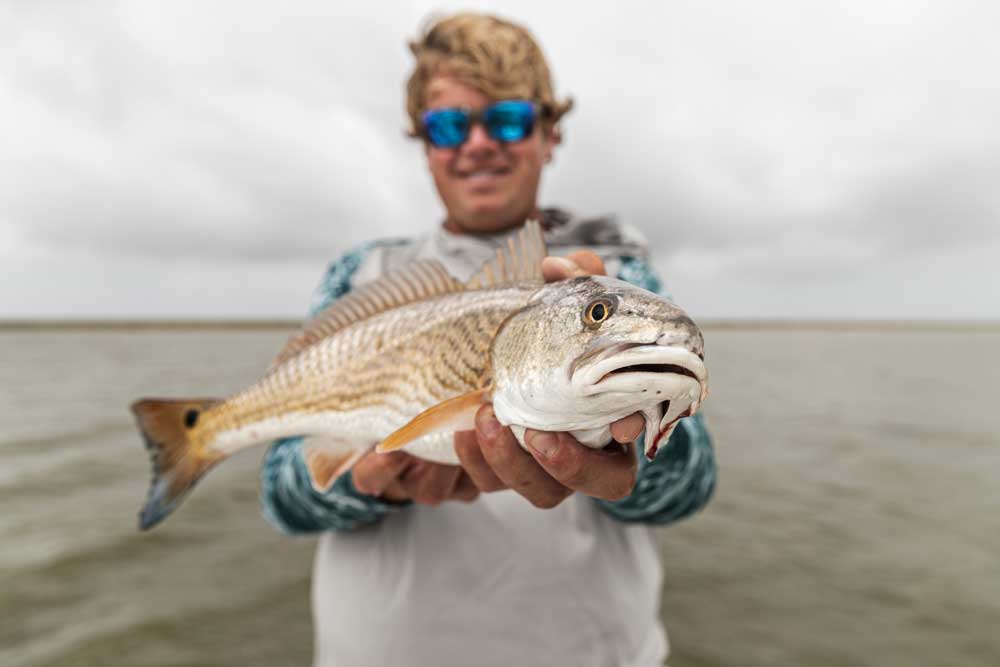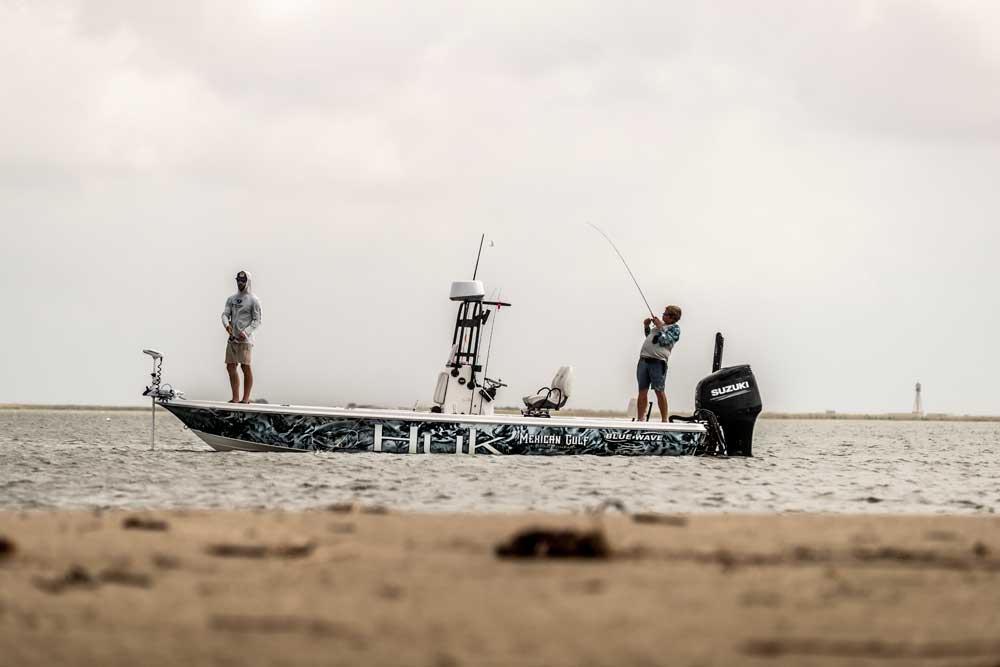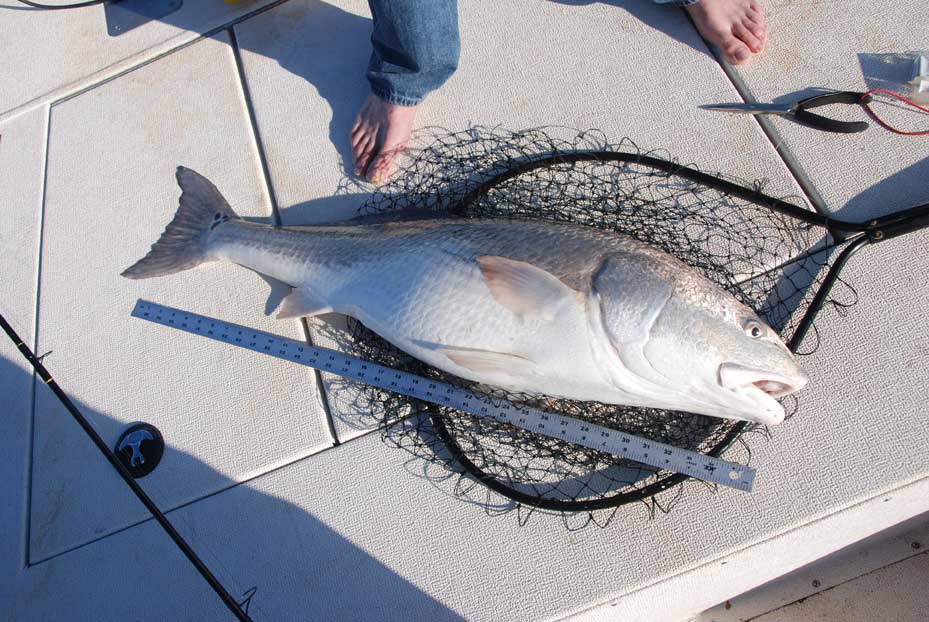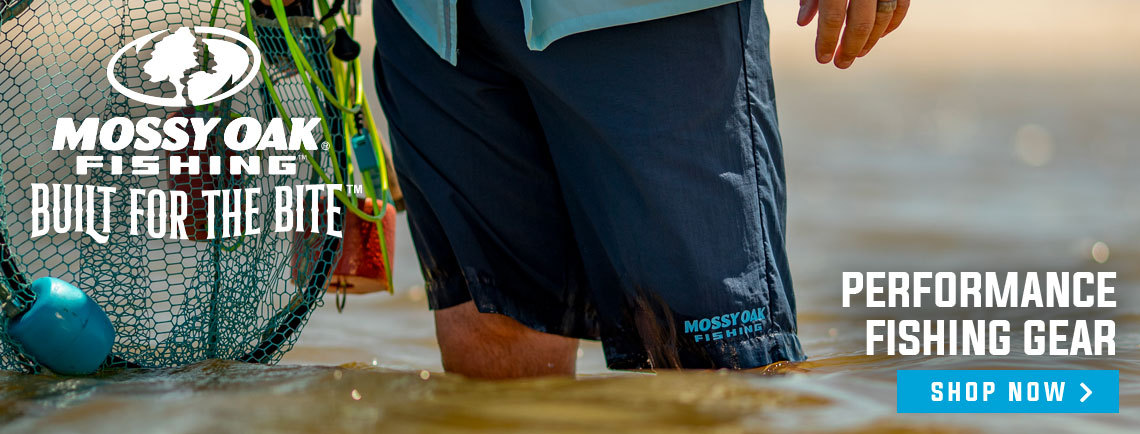Phillip Gentry
For saltwater anglers, redfish present a wide range and variety of situations in which to target the same species of fish. Juvenile redfish, sometimes referred to as puppy drum, spend the first few years of their lives in shallow water less than waist deep to the angler. Juveniles can be broken down into two sub-categories – under-slot fish and slot fish. The term refers to the size of the redfish as measured in inches and where it fits in a creel size limit.

For the freshwater angler, slot and under-slot redfish behave very much like springtime largemouth bass. They prowl the shallows, hold along edges and structure and will take a variety of baits from topwater to the very bottom of the water column.
Just like largemouth bass, sometimes the big ones behave like bank runners, however the world of the over-slot redfish, sometimes referred to as “bull reds” is quite different once the fish reaches breeding age. Mature redfish seek out deeper water, especially through the late summer before making their offshore migrations during the winter.
Most coastal states have enacted a harvest slot limit to protect breeding sized redfish. The lower end may vary somewhere around 13 inches and the upper end may be in the 25 – 28-inch range. Fish larger than the slot are typically released as breeding stock, while under-slot fish are released to grow larger.
While over-slot reds often frequent the surf zone, coastal rivers, harbors and inlets are some of the best sites for targeting bull redfish.
To be consistent, look for some kind of deviation in the larger area - a large rock outcropping, a sudden drop-off, or a washed-out area. Large redfish love to hang along the edge of channels or anywhere there could be some structure, but your offering needs to be on the bottom. Depths of 30 to 50 feet deep are not unusual.
Tide and current also plays a big factor. Moving water means food to all fish, but there are variables within tidal or wind-blown areas that also come into play.

When setting up on a location, a fair amount of Kentucky windage is required when positioning the boat. Motor over an area, find that sweet spot where fish will be holding, then motor up current far enough to allow proper scope for a good anchor set or anchor lock with a trolling motor plus enough distance to cast lines out so they’ll lay correctly behind the boat.
Fishing in and around deep-water structure requires pretty stout equipment, both to withstand the tides and handle hard charging redfish that reach upwards to 50 pounds.
Minimum test line should start at 30 pounds since most fishing for bull reds is all catch-and-release. The larger tackle is needed to ensure the fish is boated in good enough condition for release, a task made more difficult by summertime water temperatures.
In order to hold your offering in place, use between a 5- and 8-ounce egg sinker on a Carolina Rig depending on the strength of the tide. Complete the rig with a 3 – 4-foot leader of 50-pound test leader material tied to an 8/0 heavy circle hook. Some jurisdictions may require a much shorter leader with the circle hook to prevent the fish from swallowing the whole rig.

Choice of baits may vary based on location and what the fish are accustomed to eating but is usually fish-based. Almost anything will work for over-slot redfish including menhaden, mullet, croaker, spot, whiting, bluefish or just about any small finned fish. In order to get scent into the water to attract the reds, the baits can be used cut or use multiple lines, one with cut and one with live, to let the fish decide.
A good tip when fishing in shark-prone waters is to use blue crab for bait. Take the carapace off and half or quarter the crab. That puts a good smell in the water and is not as attractive to sharks as fish blood.
A final note about releasing bull redfish is the tendency to expand the fish’s swim bladder when caught from deep water. Some anglers use the practice of inserting a hollow needle under a scale along the fish’s lateral line a few inches past the pectoral fin to deflate the bladder – a practice known as venting or fizzing the fish.































